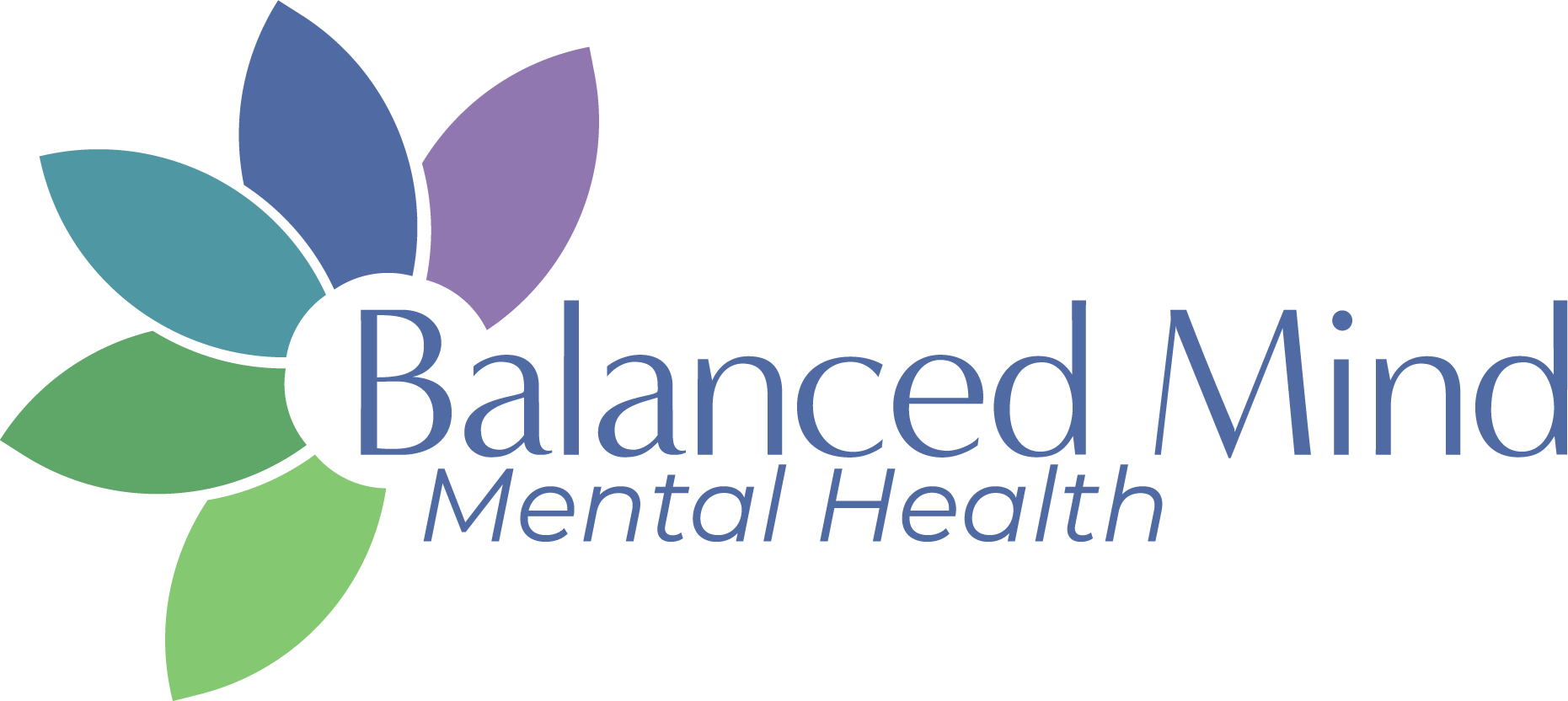What is PTSD?
Post-traumatic stress disorder (PTSD) is a mental health condition that emerges when an individual has difficulty recovering from a deeply troubling experience, such as grief, severe illness, financial struggles, or separation. This distress can lead to long-lasting psychological trauma, affecting one’s sense of security and emotional stability.
How Trauma Influences the Brain
The Amygdala’s Response
Trauma initially affects the amygdala, the part of the brain responsible for processing emotional reactions and assigning significance to sensory inputs. During a traumatic event, the amygdala can become overactive, leading to a hypersensitive state. This overactive response can result in errors in interpreting sensory information, causing the brain to trigger stress responses inappropriately.
Impact on the Hippocampus
Trauma also impacts the hippocampus, which stores and retrieves memories. When trauma-related stimuli trigger the amygdala, it retrieves and reinforces these distressing memories, creating a feedback loop in which the individual feels as if they are reliving the trauma.
Effect on the Prefrontal Cortex
Trauma can decrease the functionality of the prefrontal cortex, which is crucial for regulating emotions and thinking logically. This diminished brain activity can hinder one’s ability to respond rationally, leading to overwhelming emotional reactions.
PTSD Symptoms
The fifth edition of the Diagnostic and Statistical Manual of Mental Disorders (DSM-5) highlights several symptoms of PTSD, including:
- Flashbacks: Intense, vivid recollections of the traumatic event
- Intrusive Thoughts: Persistent and distressing thoughts related to the trauma
- Nightmares: Recurring distressful dreams about the traumatic experience
- Avoidance: Deliberate efforts to steer clear of reminders of the trauma
- Distorted Recollections: Inaccurate memories of the traumatic event
- Negative Emotional State: Sustained feelings of negativity and difficulty experiencing positive emotions
- Isolation: Feeling detached from others, leading to relationship issues
- Hyperarousal: Heightened alertness and constant anxiety
- Irritability: Increased feelings of anger and irritability
- Cognitive Impairment: Difficulty focusing and thinking clearly
- Risky Behaviors: Engaging in harmful activities like substance abuse or reckless behavior
Categories of PTSD
Acute PTSD
Acute PTSD develops from three days to a month after a traumatic event. Symptoms may include flashbacks, intrusive memories, and nightmares, which can severely disrupt daily life. This condition can often be managed effectively with support from loved ones or professional therapy.
Uncomplicated PTSD
Uncomplicated PTSD stems from a single traumatic event and is generally more straightforward to treat. It involves recurring distress related to the trauma but typically does not coexist with other mental health disorders.
Complex PTSD
Complex PTSD arises from prolonged exposure to multiple traumatic events, such as ongoing abuse or conflict. This form is often accompanied by other psychiatric conditions like depression and dissociative disorders, characterized by severe symptoms and harmful behaviors.
Comorbid PTSD
Comorbid PTSD occurs alongside other mental health disorders and is often accompanied by substance abuse. The presence of multiple conditions exacerbates the symptoms, requiring comprehensive treatment plans that address all co-occurring disorders.
Balanced Mind Mental Health: Your Partner in Care and Wellness
Balanced Mind Mental Health provides specialized care for those who have PTSD. Schedule an appointment today and take the first steps toward improving mental health.
References
– National Institute of Mental Health. (2019). Post-Traumatic Stress Disorder. [NIMH](https://www.nimh.nih.gov/health/topics/post-traumatic-stress-disorder-ptsd/index.shtml)
– American Psychiatric Association. (2013). Diagnostic and Statistical Manual of Mental Disorders (5th ed.). Washington, DC.
Disclaimer: This information is for educational purposes only (regardless of date or topic), offering generalized details. It is NOT comprehensive and does not include all relevant information about conditions, treatments, medications, side effects, or risks for specific patients. It aims to aid understanding of mental health conditions or treatments, not to replace medical advice or the evaluation, diagnosis, or treatment provided by a healthcare provider tailored to an individual’s unique circumstances. Always consult a healthcare professional for a thorough evaluation, diagnosis, and treatment plan. This information does not endorse any treatment or medication as safe, effective, or approved. Additionally, portions of this content were generated with the assistance of artificial intelligence. Balanced Mind Mental Health and its affiliates disclaim any warranty or liability associated with this information or its use.
